A Gold for Twin Cities Habitat for Humanity's Green Homebuilding
An affordable home must be an efficient home. Otherwise, a family ends up throwing away too much money keeping the lights on, the water running, and...
2 min read
 matt haugen
:
10:47 AM on September 27, 2013
matt haugen
:
10:47 AM on September 27, 2013
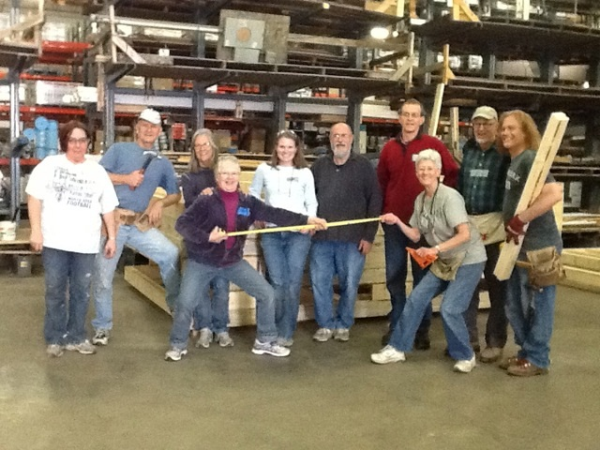
We at Twin Cities Habitat for Humanity build green for two reasons: be nice to the Earth and be nice to our families. Families that buy a Habitat home don't have a lot of extra cash so we try to make sure our homes are affordable for them to live in long term. That means building in ways that keep energy costs down. We incorporate all of these green building techniques into each of the new homes we build and we’re able to do it affordably.
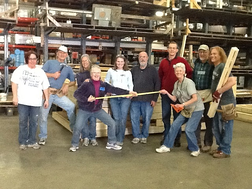 1. Paneled walls
1. Paneled walls
Walls for our new homes are pre-built at our Panel Plant inside a warehouse in Northeast Minneapolis. The walls are then delivered to sites at the beginning of each build. This cuts down on waste and speeds up our building process.
2. Energy Star
All Twin Cities Habitat homes have Energy Star appliances installed. These can cut down a family's energy costs dramatically.
3. Pre-assembled roof trusses
Roof trusses are delivered to sites already built to a project's required sizes. This cuts down on wasted lumber and speeds up construction.
4. Radon mitigation systems
Part of green building is ensuring a home is a healthy place for a family to live for decades. Radon is naturally occurring gas that can seep into basements. It's especially prevalent here in the upper midwest. Over time, exposure to radon can lead to lung cancer. Twin Cities Habitat installs active radon mitigation systems into every home we build.
Twin Cities Habitat is always looking for ways to build more efficiently and to decrease both our carbon footprint and that of the families that buy our homes. Back in 2009 we built our first LEED (Leadership in Energy and Environmental Design) certified home. You can read about some of our LEED projects here. These projects give us a chance to test out green building techniques and ideas to find the features that will have significant impact on lowering the long-term cost for families and can be applied affordably to all of our construction projects.
These are some of the things we've incorporated into our various LEED projects over the years.
1. Compact fluorescent light bulbs
2. Rain gardens
3. Dual flush toilets
4. Tankless water heaters
5. Insulated Concrete Forms (ICFs) in basements
6. Pavers made from recycled materials
7. High efficiency furnaces with variable speed motors
8. Exterior light sensors
9. "Daylighting" of the home design to maximize natural light use
10. Insulation around all water piping
Many of our LEED homes use 60%-80% less energy than a standard home.
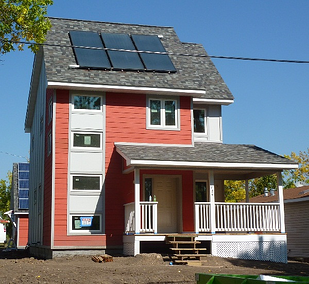 During the summer of 2013, Twin Cities Habitat volunteers worked on a net-zero energy home in the Hawthorne EcoVillage in North Minneapolis. We worked with students from the University of Minnesota's College of Design to create the most efficient home we've ever built. Some of the efficiency aspects of this project included.
During the summer of 2013, Twin Cities Habitat volunteers worked on a net-zero energy home in the Hawthorne EcoVillage in North Minneapolis. We worked with students from the University of Minnesota's College of Design to create the most efficient home we've ever built. Some of the efficiency aspects of this project included.
1. Solar panels on the roof and the garage to both heat water and generate electricity
2. Super insulated walls
3. Split level heating units
We are always looking for more ways to build greener. If you've got suggestions please let us know.
Your gift unlocks bright futures! Donate now to create, preserve, and promote affordable homeownership in the Twin Cities.
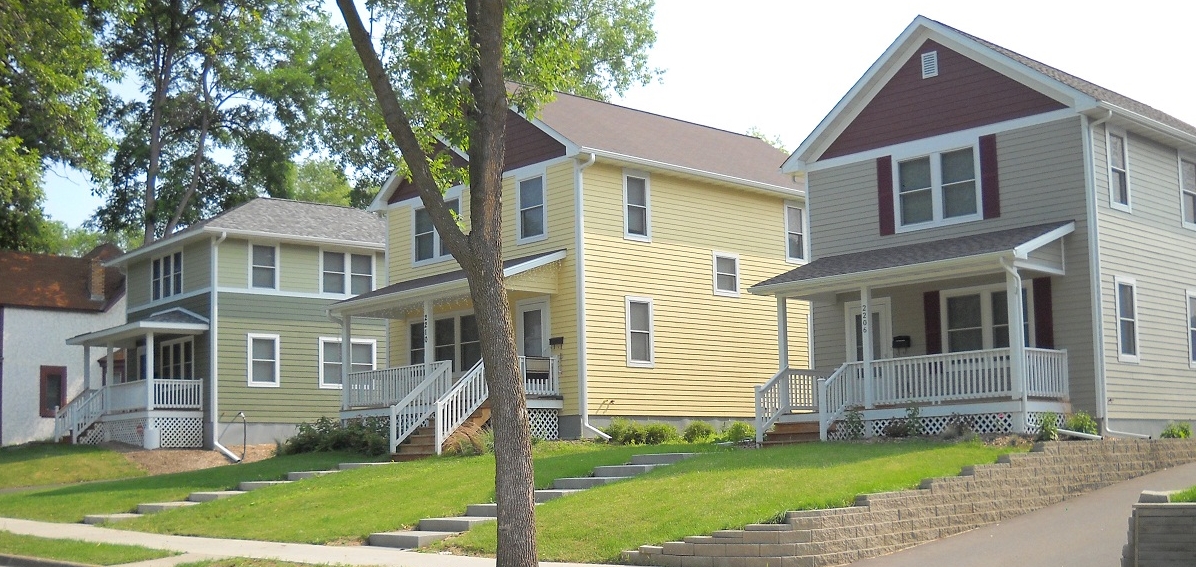
An affordable home must be an efficient home. Otherwise, a family ends up throwing away too much money keeping the lights on, the water running, and...
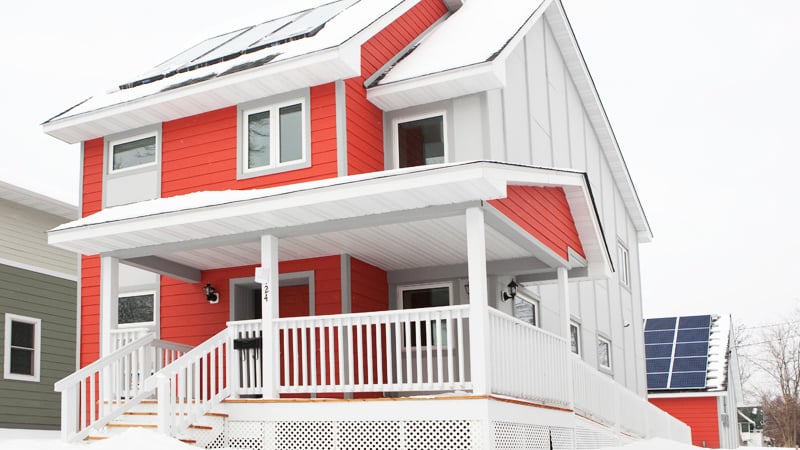
Guest Blog by Mike RobertsonA Brush with Kindness Program Manager, Twin Cities Habitat for Humanity
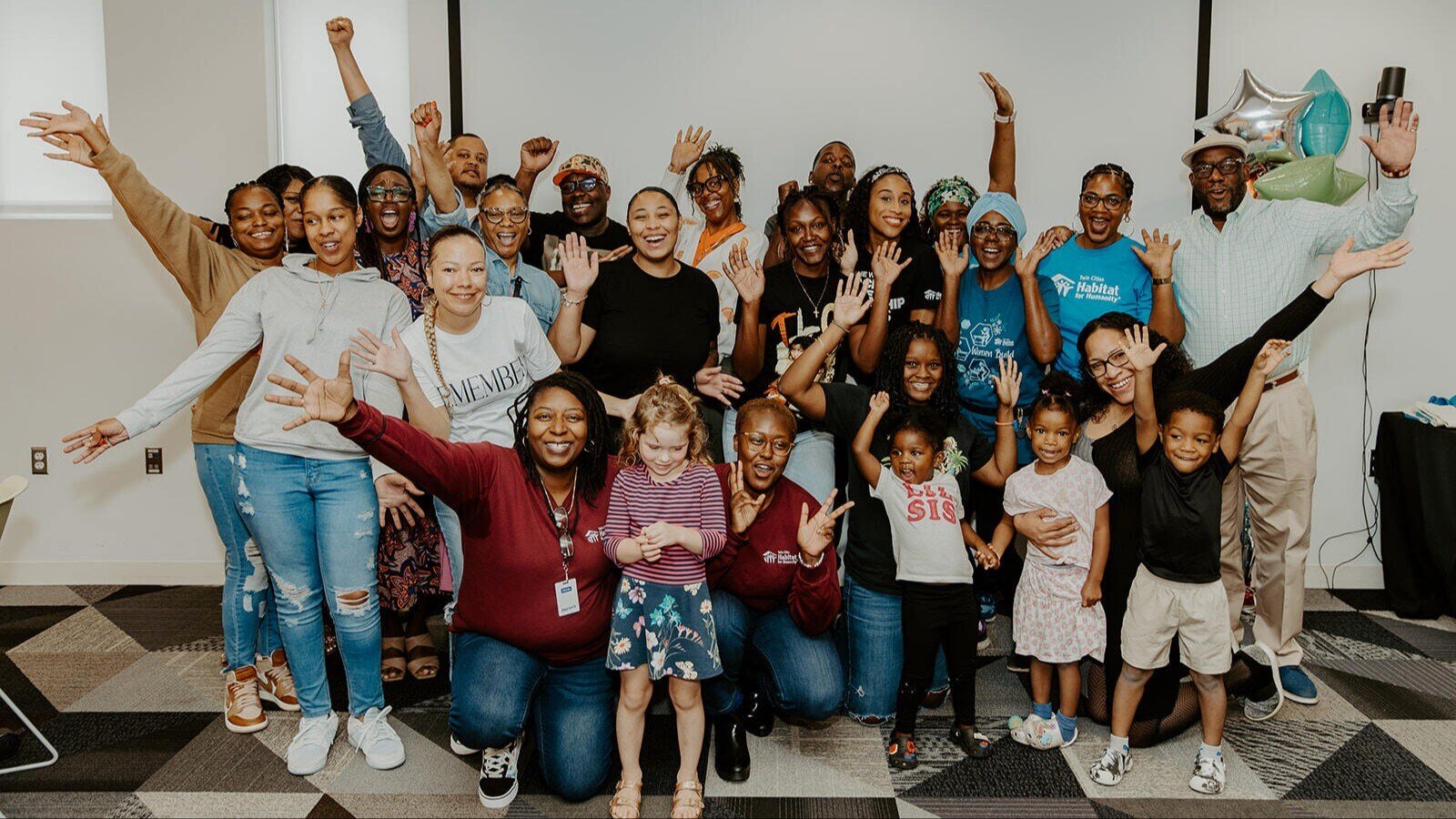
Our Build Forward Together strategic plan is more than words on paper—it’s a bold vision for a vibrant, equitable Twin Cities community. This...